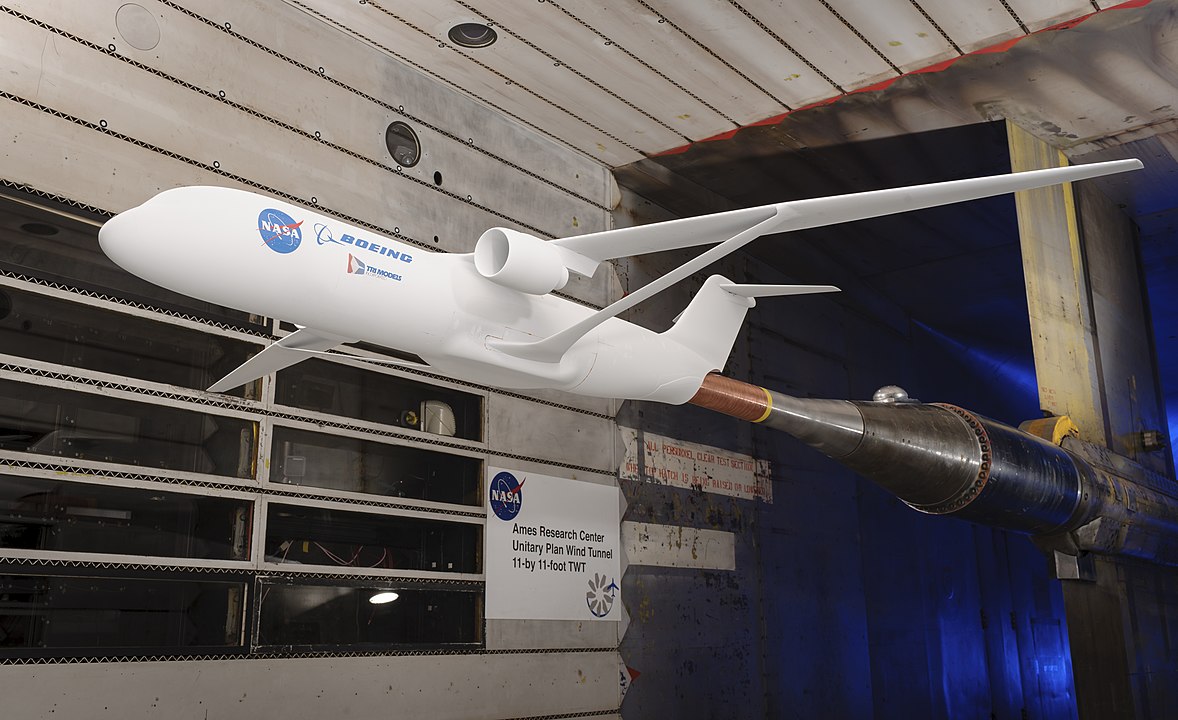Although primarily focused on outer space, NASA, the American space agency, is deeply involved in aviation as well. At this very moment, the organization is engaged in projects aimed at developing new aircraft engines, advancing VTOL flight, and introducing two brand-new aircraft.
The first of these NASA aircraft is the X-59. As a result of the Quiet Supersonic Technology (QueSST) effort, this aircraft aims to demonstrate that, with a specific design, planes can travel supersonically over land without causing disturbance to American neighborhoods.
The second aircraft currently under NASA’s research is the X-66A, part of the Sustainable Flight Demonstrator program. This project aims to contribute to America’s goal of achieving net-zero aviation emissions by 2050, which could have significant implications in the fight against climate change.

Similar to the X-59, the key driver behind the X-66A project isn’t necessarily groundbreaking technology but rather a radical change in design.
Specifically, NASA and its partner Boeing are betting on a concept called a Transonic Truss-Braced Wing (TTBW) to help reduce emissions. TTBW involves adding diagonal struts to connect the wings of the aircraft to its body, giving it a unique shape unlike any other.
This design theoretically allows the plane to generate significantly more lift while burning less fuel to achieve the desired effect. By employing TTBW and other undisclosed technologies, the aircraft could potentially reduce fuel consumption by as much as 30 percent compared to today’s leading aircraft.
While there isn’t a purpose-built aircraft for this task yet, NASA and Boeing are in the process of converting an MD-90 single-aisle aircraft into the X-66A. The plane has already been delivered to Palmdale, California, where it is being modified for the task.
Several computer-generated images are circulating of a yet-to-be-produced X-66, and NASA recently upped the ante by releasing a fresh new one at the end of last week.
This image depicts the plane, for the first time, above the clouds, showcasing a shape reminiscent of conventional aviation, yet with truss-braced wings, making it truly distinctive.
It will likely be quite some time before we witness the successors of the X-66A taking flight. The first test flights of the purpose-built demonstrator aren’t scheduled until 2028, although the converted MD-90 will likely fly sooner.
Even if everything goes smoothly, it will still take many more years for the industry to adopt TTBW and integrate it into new aircraft designs.

